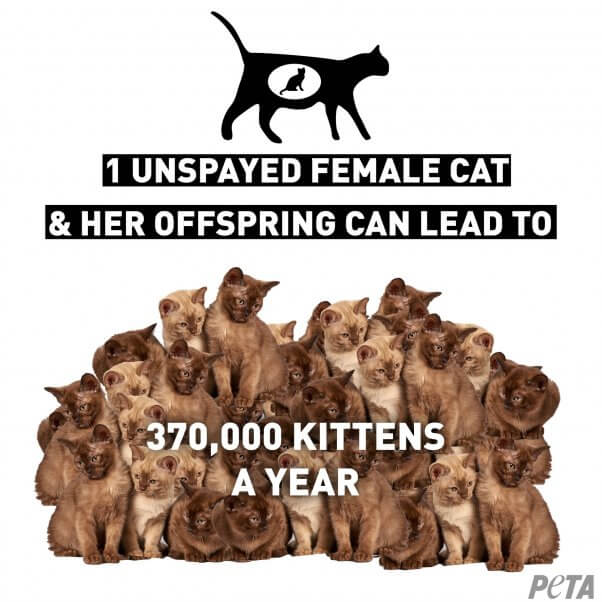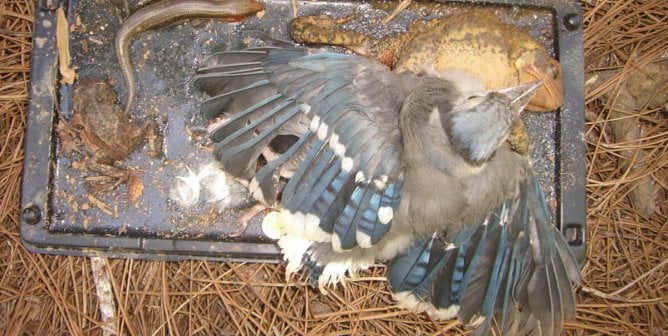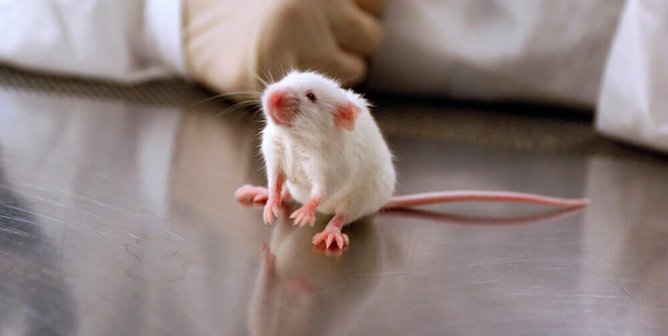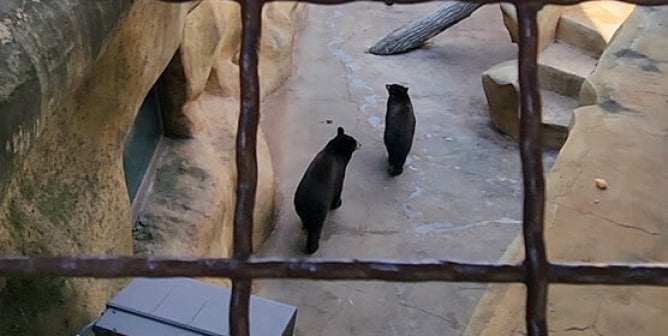Spaying and Neutering: A Solution for Suffering
Many people enjoy the companionship of cats and dogs, who were domesticated thousands of years ago.1 Over time, people have manipulated animal breeding to produce certain physical characteristics, resulting in the different breeds of cats and dogs we know today. But domestication took these animals out of their natural environment, and their reproduction is no longer regulated by predators or habitat. The result is an overpopulation crisis that can only be controlled through widespread spaying and neutering.

The Tragic Cycle
Tens of thousands of puppies and kittens are born in the U.S. each day.2 Some are born to breeders who sell animals for a profit, some are born to people who want their cat or dog to have the “experience” of having a litter or who want their children to witness the “miracle of life,” and some result from allowing fertile animals to roam freely and mate.
Whatever the reason, the number of cats and dogs far exceeds the number of loving homes available. Unwanted animals are often treated as a nuisance; incidents in which kittens are drowned or dogs are abandoned are common. Many people drop animals off in rural areas, thinking that someone will take them in or that they will be able to fend for themselves. But the tragic fates that these animals face include cruel treatment, starvation, disease, freezing, being hit by cars, procurement for research laboratories, and more unregulated breeding. Even if someone can find homes for one litter of kittens or puppies, the overpopulation cycle continues if the animals are allowed to breed. And animals from breeders occupy homes that could have taken in homeless animals, who ultimately will be destroyed.
In the U.S., animal control agencies and shelters receive more than 6 million animals annually. Those who are not adopted within a week or two (about 3 million of them) are killed either by a painless lethal injection or by inhumane methods, such as the use of carbon monoxide or decompression chambers.3 In areas where “pound seizure” is permitted, unclaimed animals may be given or sold to laboratories. This does not account for the millions of animals each year who do not even make it to shelters and instead die on the streets, in backyards, in ditches and fields.
An Ounce of Prevention
The companion animal overpopulation crisis can be overwhelming, but the good news is that the suffering and deaths of homeless animals is 100% preventable through spaying and neutering. Despite recommendations and urging from nonprofit groups, veterinarians, and public shelters and a growing number of free and low-cost spay/neuter clinics, many people still fail to provide their animal companions with this routine, lifesaving medical procedure. Some communities are therefore addressing the homeless-animal crisis by requiring everyone who chooses not to spay or neuter to pay a hefty breeder’s fee. Areas with such laws have reported a significant reduction in the number of animals found roaming.
Spaying and neutering helps stem the tide of homeless cats and dogs. It does not affect animals’ energy levels or change their personalities, as some people mistakenly believe. Spaying eliminates the stress and discomfort that females endure during heat periods, eliminates the risk of uterine cancer, and greatly reduces the risk of mammary cancer. Neutering makes males far less likely to roam or fight, prevents testicular cancer, and reduces the risk of prostate cancer.4 Altered animals are less likely to contract deadly, contagious diseases that are spread through bodily fluids, such as feline AIDS and leukemia.
Female cats and dogs should be spayed shortly after they reach 8 weeks of age. Males should be neutered at 8 weeks, but both spaying and neutering can be done safely through most of adulthood. Some animal shelters encourage earlier spaying and neutering, which can be less stressful for animals.5 Younger animals also tend to recuperate from surgery more quickly.6
The one-time cost of spaying or neutering is less than the costs involved in raising puppies or kittens (which include food, shots, training, and time) and is far less than the cost that communities must pay toward animal control and euthanasia. Many cities have low-cost spay and neuter clinics to encourage guardians to be responsible before they are faced with unwanted animals and before the animals themselves must pay with their lives. Many states have enacted legislation that mandates spaying and neutering or restricts breeding.
What You Can Do
Because many people won’t do the right thing unless the law requires them to, those who care must lobby for local laws that will require animal guardians to prevent the births of more dogs and cats when so many are literally dying for homes. Find out how here.
Adopt from animal shelters—and don’t forget about adult cats and dogs, who are frequently overlooked by people looking for a puppy or a kitten but who often have the advantage of being housebroken and trained. Urge people who want the companionship of a dog or a cat to adopt from an animal shelter. Work within your community to legislate mandatory spaying and neutering. And if you know someone who is hesitant to have an animal spayed or neutered, explain the benefits of the procedure and offer to help by scheduling an appointment and/or providing transportation.
References
1Carrie Arnold, “New Clues on How and When Wolves Became Dogs,” National Geographic 27 Dec. 2015.
2Bob Shaw, “PETCO Tests Rabbit Adoption; Cooperation With Local Rights Group Could Be Pet Model Nationally,” Saint Paul Pioneer Press 4 July 2004.
3The Humane Society of the United States, “Pets by the Numbers,” 2014.
4Daniel Crain, “Spay Day Calls Attention to ‘Kindest Cut’ Surgery for Pets,” Alameda Times-Star 12 Feb. 2005.
5Theresa A. Fuess, “Early Spay/Neuter: An Overview,” Illinois Veterinary Bulletin 6 (1998).
6Fuess.







